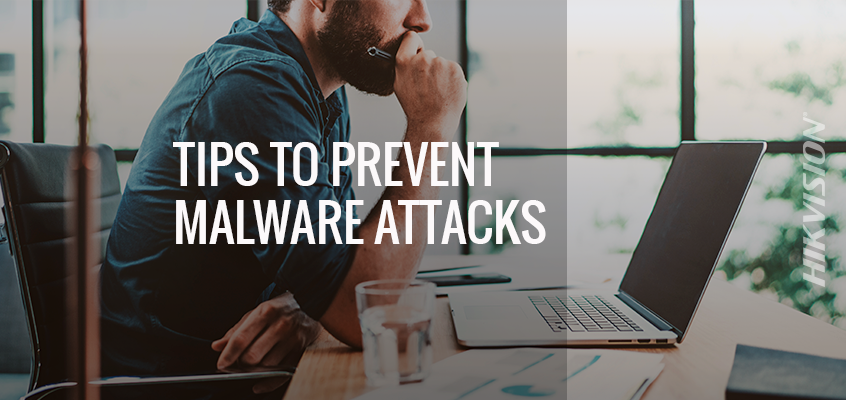‘Global Threat Landscape Report’ Finds Rise in Malware Attacks
Hikvision’s Top Five Tips to Prevent Malware Attacks
A new study by cybersecurity solutions provider Fortinet finds that cyber threats are developing in complexity and that malware threats are a growing security concern, according to an article in Security Sales & Integration (SSI).
From the article: “The Global Threat Landscape Report shows malicious network traffic represents a higher percentage of overall traffic on weekends and holidays as business traffic slows down significantly, since many employees are not working during this time. For many organizations this may be an opportune time to sweep for malware because as the 'haystack' of traffic becomes smaller, the chance of finding malicious 'needles' is much greater …”
Companies have to be vigilant about cybersecurity in order to stay ahead of the changing threat landscape, and ensure any digital transformation efforts are secure.
“Previously, ransomware was the talk of the day, and now cryptojacking, mobile malware, and attacks against business-critical supply chains are proliferating,” said Phil Quade, chief information security officer at Fortinet, in the article.
Additional highlights of the report include:
- Cybercriminals are constantly developing new strategies. According to the article, “unique malware variants grew 43 percent, while the number of malware families grew by nearly 32 percent.”
- More than 25 percent of organizations were the victim of a mobile malware attack, with the majority of these attacks against the Android operating system.
- Cryptojacking—a type of malware—is expanding, with the number of platforms affected by it growing to 38 percent.
The research also indicates that botnets may becoming more sophisticated or difficult to detect, since the Botnet index rose by only two percent, while infection days per firm rose to 10.2 days (up from 7.6 days). “It may also denote a failure to practice good cyber hygiene in general by some organizations,” according to the article.
To read more about the study, click here.
Top Five Tips to Prevent Malware Attacks
In a previous HikWire blog, Hikvision’s director of cybersecurity, Chuck Davis, said that “malwareis one of the most often used components in cyberattacks” with the two most prevalent attack methods being network scanning and phishing.
In that piece, Davis offered his top five tips to reduce vulnerabilities and prevent malware attacks:
- Use firewalls and firebreaks (network segmentation): Place devices behind firewalls to protect them from untrusted networks, such as the Internet. And, use network segmentation—splitting a network into separate networks that are isolated, not connected—so a compromise in one part of the network won’t compromise the other (i.e. human resources and finance).
- Protect your computer from vulnerabilities: Clean up your computer by removing old software programs no longer in use, and make sure to install patches regularly. Updating firmware safeguards equipment by patching known vulnerabilities and often adds features that sometimes will improve system performance.
- Reset default passwords and use complex passwords: Users should be required to change any default passwords to a strong password with at least eight characters, and at least one of each of the following: numbers, special characters, and uppercase and lowercase letters. Ideally, your password should be at least 12 characters and not used anywhere else.
- Run active scans and updates: When a computer notifies you of an available update, run it immediately. In addition, you can actively run malware and vulnerability scans for network devices. If you do get infected with malware, backup your data and re-install the operating system.
Click this link to access the full article, “Top Five Tips on How to Prevent Malware,” and learn ways to address security concerns.

